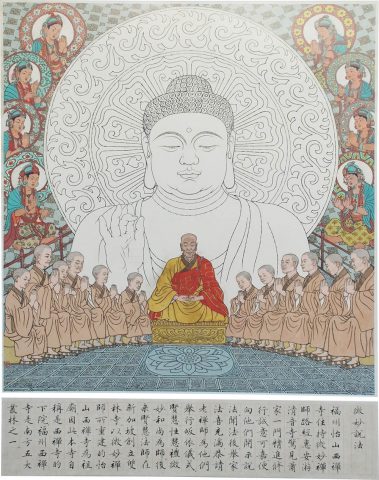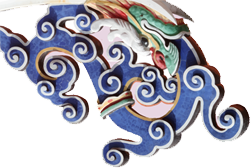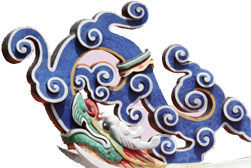
image description
福州怡山西禅寺住持微妙禅师路经惠安,游清音寺,惊见萧家一门精进修行,诚意可嘉,便向他们开示说法。闻法后, 举家法喜充满,恭请老禅师为他们举行皈依仪式。贤慧、性慧礼微妙和尚为师。后来贤慧法师在新加坡创立双林寺,以微妙禅师所重建的怡山西禅寺为祖庙, 因此本寺自称是西禅寺的下院。福州西禅寺是南方五大丛林之一。
betheme-child/includes/content-single.php

image description
福州怡山西禅寺住持微妙禅师路经惠安,游清音寺,惊见萧家一门精进修行,诚意可嘉,便向他们开示说法。闻法后, 举家法喜充满,恭请老禅师为他们举行皈依仪式。贤慧、性慧礼微妙和尚为师。后来贤慧法师在新加坡创立双林寺,以微妙禅师所重建的怡山西禅寺为祖庙, 因此本寺自称是西禅寺的下院。福州西禅寺是南方五大丛林之一。

Let’s celebrate 30 years of ‘The Nara Document of Authenticity’ together!
Join us at the National Archives Singapore (Oldham Theatre) for a special event celebrating “The Nara Document of Authenticity (1994)” turning 30! This in-person symposium will feature speakers from Singapore, Taiwan, the United Kingdom, and the Philippines, highlighting the importance of this influential document in the field of architectural conservation. Don’t miss this opportunity to learn, connect, and celebrate with fellow enthusiasts!
The Nara Document has been instrumental in addressing the need for a broader understanding of cultural diversity and heritage. It expanded the 1964 Charter of Venice concept of respecting original material, thereby emphasising the retention of material fabric in its original state. The Nara Document’s “authenticity judgements … may include form and design, materials and substance, use and function, traditions and techniques, location and setting, and spirit and feeling, and other internal and external factors. The use of these sources permits [the] elaboration of the specific artistic, historic, social, and scientific dimensions of the cultural heritage being examined.”
Thirty years have passed since 1994. The world’s resources are getting scarce. With the challenges of the loss of certain materials (e.g. large-size timber), changes to use and function, declining craftsmanship, as well as changes to the setting, do we prioritise form and design and allow materials to be changed in an attempt to retain the spirit and feeling? Or are these futile efforts? How do we view authenticity?
Register at https://www.eventbrite.sg/e/the-nara-document-at-30-tickets-1086667163739

